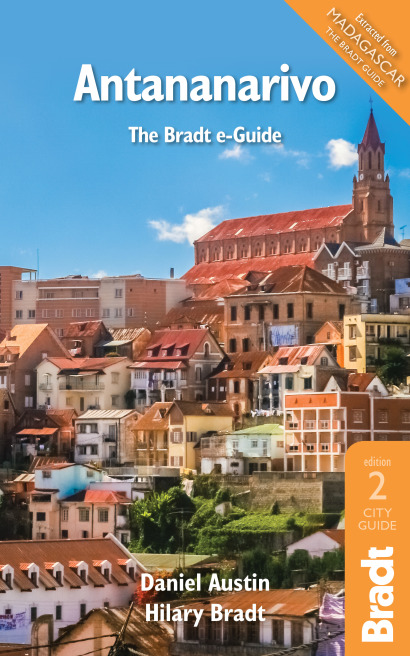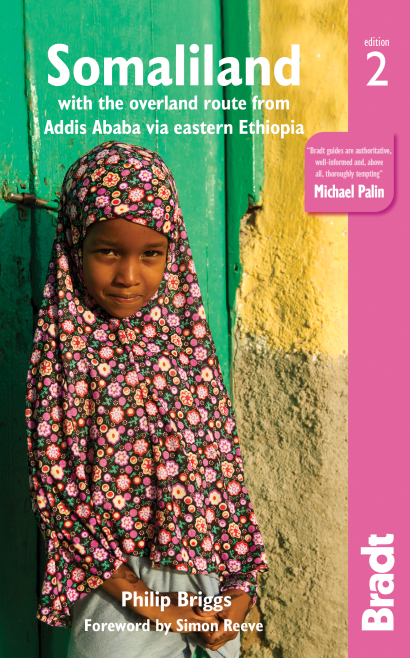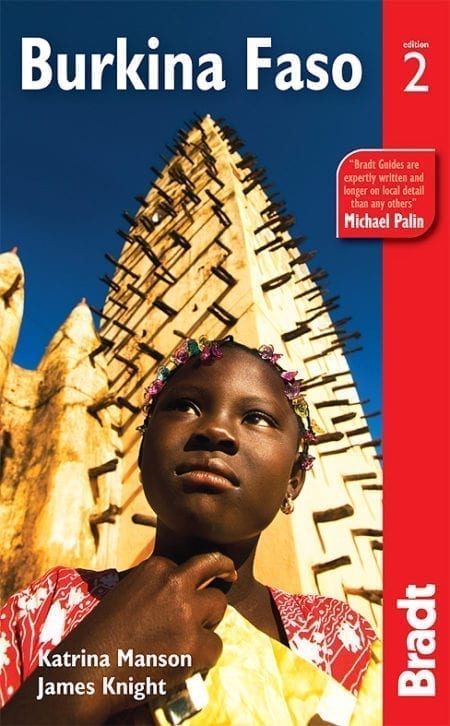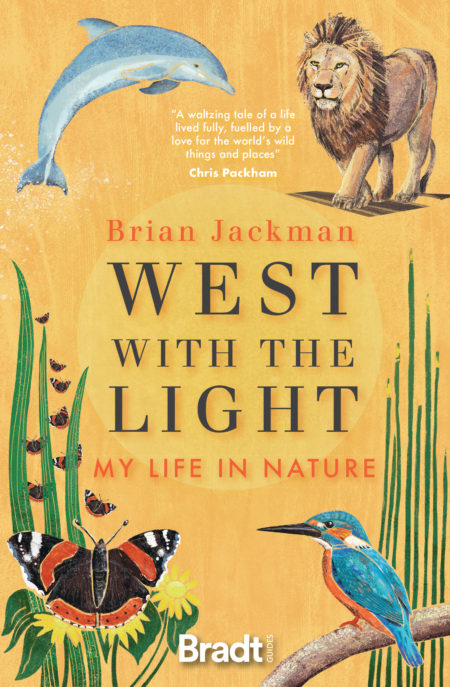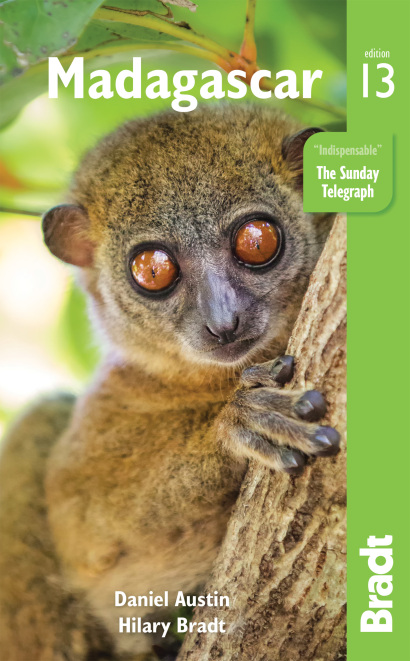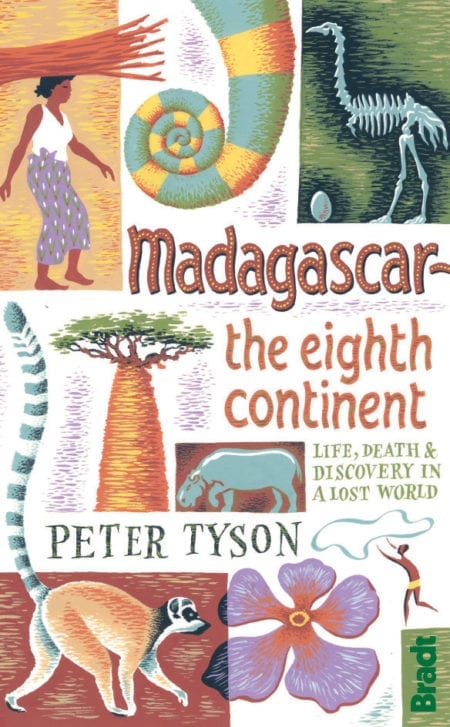Bradt Madagascar Antananarivo Guidebook (ebook)
by Hilary Bradt and Daniel Austin
Publication Date: 15th Aug 2017
£4.99
Antananarivo City E-Guide – Expert travel tips and holiday advice including hotels, restaurants, nightlife, shopping, walks, maps and transport. Also covered are Ivato airport area, central Tana sights, markets, handicrafts, practical information, language and day and overnights excursions including Lemurs Park, Imerina sacred hills and Anjozorobe..
Edition: 2
About this book
Bradt’s e-city guide to Antananarivo by expert authors Hilary Bradt and Daniel Austin covers not only mesmerising Antananarivo itself but also day and overnight excursions to the surrounding area. Full practical information is detailed, including hotels, restaurants, nightlife, shopping, walks, maps and transport, as well as the key sights of this bustling capital, from Rova Manjakamiadana (Queen’s Palace) and Palais d’Andafiavaratra (Prime Minister’s Palace) to tranquil Tsarasaotra Park and the comprehensive Museum of Art and Archaeology. Markets and nightlife are also covered, and there is an extensive listing of hotels and restaurants.
The Ivato airport area is included in its own section for transiting visitors who can’t make it into the city centre, including attractions such as the Croc Farm, Domaine du Lac gardens and Chat’o amusement park. For visitors with more time, there are details of various excursions, such as Lemurs Park, the Sacred Hills of Imerina, Anjozorobe, Ambohitantely Special Reserve, Mantasoa and where to enjoy traditional Malagasy hira gasy music and dance.
Written in an engaging and colourful style that entertains as much as informs, Bradt’s e-City Antananarivo is drawn from the larger Bradt guide to Madagascar, Twelfth Edition.
